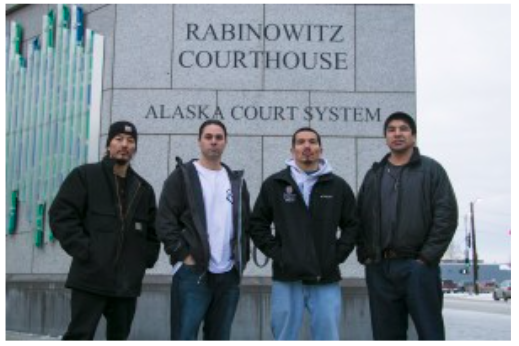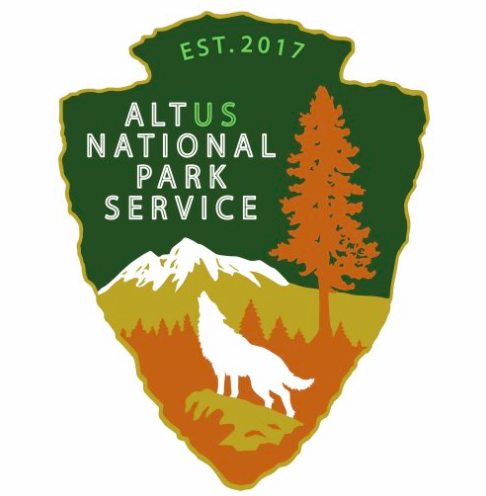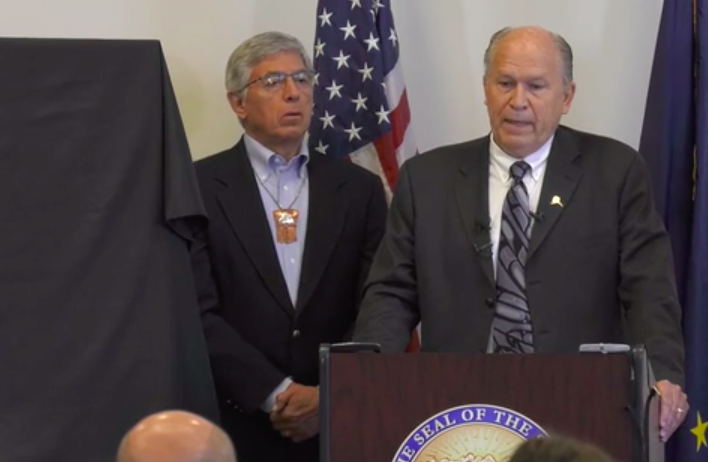OUR MOST CYNICAL CONTRIBUTOR MAKES A CASE FOR WASTE MANAGEMENT
By ART CHANCE
SENIOR CONTRIBUTOR
If some grizzled old character from the Territorial government of 1958 stumbled into the State Capitol in Juneau, he wouldn’t be lost; pictures of people he knew still line the third floor hall.
The old Territorial Office Building is nearly across the street, now housing the Department of Health and So-Called Services.
The Juneau State Office Building is new for his time, but he’d recognize everything on the directory in the 8th floor lobby.
Since 1959 the State has to little avail consolidated the Departments of Highways and Public Works into the second most dysfunctional department of State government: the Department of Transportation and Public Facilities. I appreciate Gov. Jay Hammond’s motivation, but the congenital bureaucrats won that one.
The departments of Labor and Commerce are kinda-sorta’ combined. They’ve changed the name of the Department of Education, but not changed its function of making sure the education racket gets most of the budget.
We did succeed in pushing Pioneer Homes out to Health and Social Services, but I think it is even worse managed there than it was in the Department of Administration. The only thing that is truly new is Hammond’s Department of Environmental Conservation, and it’s no prize. When I left in 2006, it was the highest paid department of State government, and the competition for that is tough.
In sum, the organizational structure of the State government in 2017 is almost unchanged from the organizational structure of the Territorial government of 1958.
In 1958 most of Alaska didn’t have telephones. Mail, still delivered by sled dogs in some places, was the only method of communication. Five-part carbon copies were the rule and you hand wrote or dictated a memo that was typed by a clerk typist on an Underwood manual typewriter.
Everything in State government is done at least in triplicate. The State works just like it did in the days of rotary phones. The DOT&PF consolidation was meant to eliminate the regional structure of the old Department of Highways, Alaska’s first and foremost source of graft and corruption, but even 40 years after Jay Hammond passed into history, the DOT&PF still has a regional structure with hereditary heads.
At some theoretical level, the governor dictates the “Governor’s Budget” through the Office of Management and Budget. There is a fur ball between OMB and the departments’ budget weenies over just what the department gets. I always hated the weenies in my Admin Services Division more than OMB. The Admin weenies wanted to make sure you knew they were really your boss; I never accepted that and I knew how to find a legislator on the Finance Committee at the Triangle or the Bubble Room to make sure I got my way.
If it isn’t apparent by now, I’ll make it clear; I hate Administrative Services directors, and the ones with MBAs are the most egregious.
The MBA is the worst thing that ever happened to Western Civilization.
Every department of State government has a budget and finance unit at the department level; there is a budget officer and a finance officer who have ministerial authority – which they never exercise.
Then each division of any size has its own budget and finance people, and smaller divisions pay the departmental budget and finance people to do the budget and finance work for them.
Then down to the section level, they all have budget and finance sections who do the same work, but their job is to make sure that the upper level never knows what they’re hiding. It goes down to sections and work units; everything is still done in at least triplicate and often in quadruplicate or even more.
Nothing adds value; it just gives jobs and power to bureaucrats at ever lower levels.
All of these levels can be collapsed upward to the highest organizational level that gives commonality. In most departments there should be no organizational levels below the department.
Many departments should have much of their organic functions performed at an enterprise level. There is no reason for IT at the department level other than the department’s managers being able to glom on to some contract or deal that makes him some money.
I’d love to scratch into Mark Boyer’s dealings with Cisco that led to that former commissioner of Administration being named their national lobbyist and bringing his IT director along with him. Oh, well, Ethics Laws don’t apply to Democrats.
Like modern American corporations, Alaska’s government only needs one level of administration. Corporate America thinned the org chart 20 or 30 years ago. State government could easily reduce its workforce by 20 – 30 percent just by redrawing the org charts.
Don’t get me wrong; it would hurt; there would be foreclosed houses and repossessed cars – there would be an economic impact, but it could be done.
If you want to save some money, some highly compensated bureaucrats who live in houses with waterfront views, and who own boats, airplanes, and have a lot of other amenities, such as women on the side, have got to go.
One of my formative experiences in State government was when just after noon every Friday during the summer I watched a State Range 20 employee, (and I, too, was a Range 20 at the time), cruise his 40-foot boat down Gastineau Channel toward Taku Harbor.
Sorry folks, you can’t be a State Range 20, be an honest person, and also own a 40-foot boat. I was a division director, my wife was a deputy director, and an old 24-footer was at the limit of our means; I bought a 10-year-old, 30-footer for the proper optics and entertaining when I was angling to become a director, but hanging onto us almost broke us.
The real problem is that legislators don’t have a clue about how the Executive Branch works, and few of them even want to know — or be the ogre who puts workers out on the street.
But in reality, services might actually be improved if the State organizational chart was reduced by a third.
Art Chance is a retired Director of Labor Relations for the State of Alaska, formerly of Juneau and now living in Anchorage. He is the author of the book, “Red on Blue, Establishing a Republican Governance,” available at Amazon. He only writes for Must Read Alaska when he’s banned from posting on Facebook. Chance coined the phrase “hermaphrodite Administration” to describe a governor who is simultaneously a Republican and a Democrat. This was a grave insult to hermaphrodites, but he has not apologized.
















